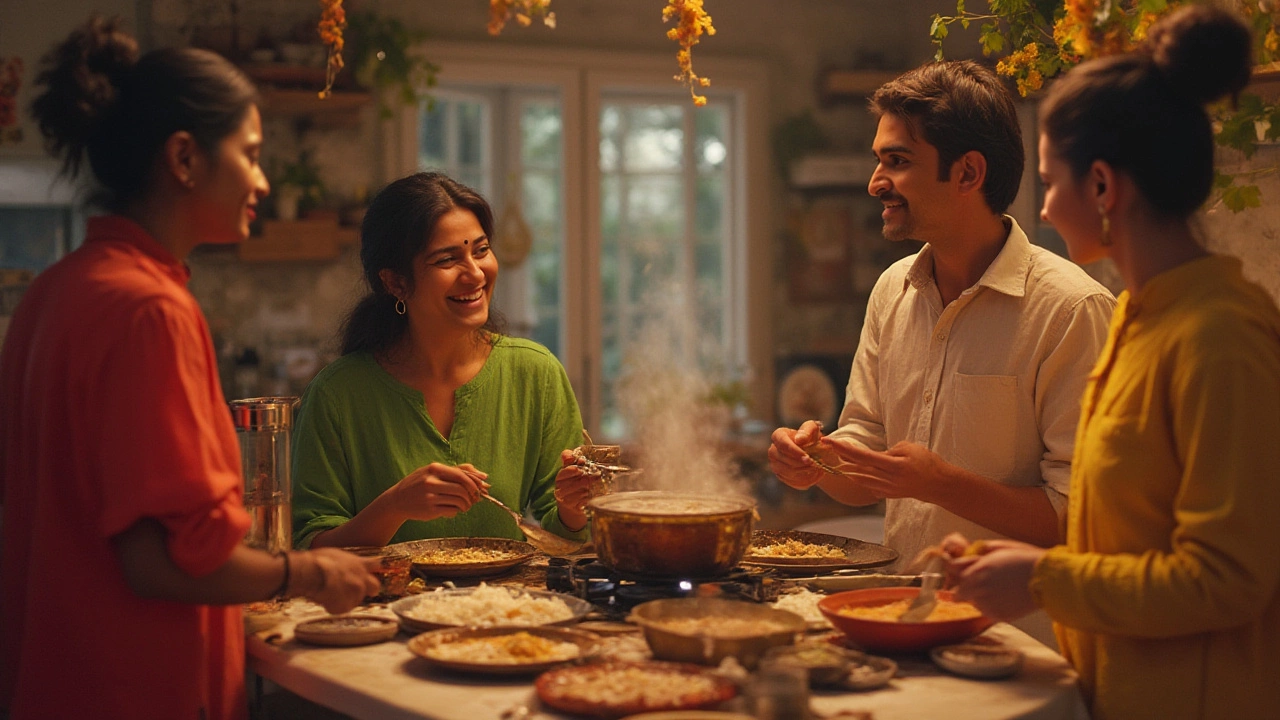Indian Dal: Easy Recipes, Tips & Health Benefits
If you’ve ever wondered why dal is a staple on Indian tables, you’re not alone. It’s cheap, fills you up, and packs a protein punch. The good news? You don’t need a fancy kitchen to make a tasty bowl. Below are the basics that turn a handful of lentils into a comforting meal.
Choosing the Right Dal
India grows many types of dal – split peas, toor, moong, urad, and masoor are the most common. Each has its own texture and cooking time. For a quick stew, try split red lentils (masoor) – they soften in 15 minutes. If you like a slightly nutty bite, go for split pigeon peas (toor). Whole urad beans need a longer soak, but they give a creamy base for South Indian sambar.
When you shop, look for dal that’s uniform in color and free of stones. A quick rinse under cold water removes dust and some of the anti‑nutrients that can cause gas. Soaking larger dal for 30 minutes speeds up cooking and makes the nutrients easier to digest.
Simple Cooking Methods
Start by sautéing aromatics. A hot pan, a splash of oil, and a few mustard seeds that pop, followed by cumin, curry leaves, and a pinch of asafoetida (hing) create a flavor foundation. Add chopped onion, ginger‑garlic paste, and let them brown – this is where the magic builds.
Next, toss in the rinsed dal and enough water (usually 3 parts water to 1 part dal). Bring to a boil, then lower to a simmer. Skim any foam that rises; it keeps the broth clear. Cook until the lentils break down but still hold shape – about 15 minutes for masoor, 25 minutes for toor.
Season with turmeric for color, salt for taste, and a squeeze of lemon at the end to brighten everything. A handful of chopped cilantro on top adds fresh aroma. Serve hot with steamed rice, rotis, or even a crusty slice of bread.
Quick tip: If you’re short on time, use a pressure cooker or Instant Pot. Two whistles on a pressure cooker will turn most dal soft in under ten minutes. Just remember to reduce the liquid slightly, as steam adds extra moisture.
Dal isn’t just about taste; it’s nutritious too. Lentils provide fiber, iron, and plant‑based protein, making them great for vegans and meat‑eaters alike. Pair a dal bowl with a side of sautéed greens or a cucumber raita for a balanced meal.
Experiment with add‑ins. A spoonful of ghee at the end gives richness, while a dash of garam masala adds warmth. For a tangy twist, stir in a few tomatoes or a splash of tamarind water. The possibilities are endless, but the core steps stay the same.
So next time you’re wondering what to cook for dinner, reach for a bag of dal. It’s cheap, quick, and comforting – a true kitchen hero that fits any budget and any taste.
What Do Americans Call Dal? Discover Dal's Name and Place in American Cooking
Explore what Americans call 'dal,' the roots of the word, and how this Indian staple fits into American food culture. Find facts and tips about cooking dal in the US.
